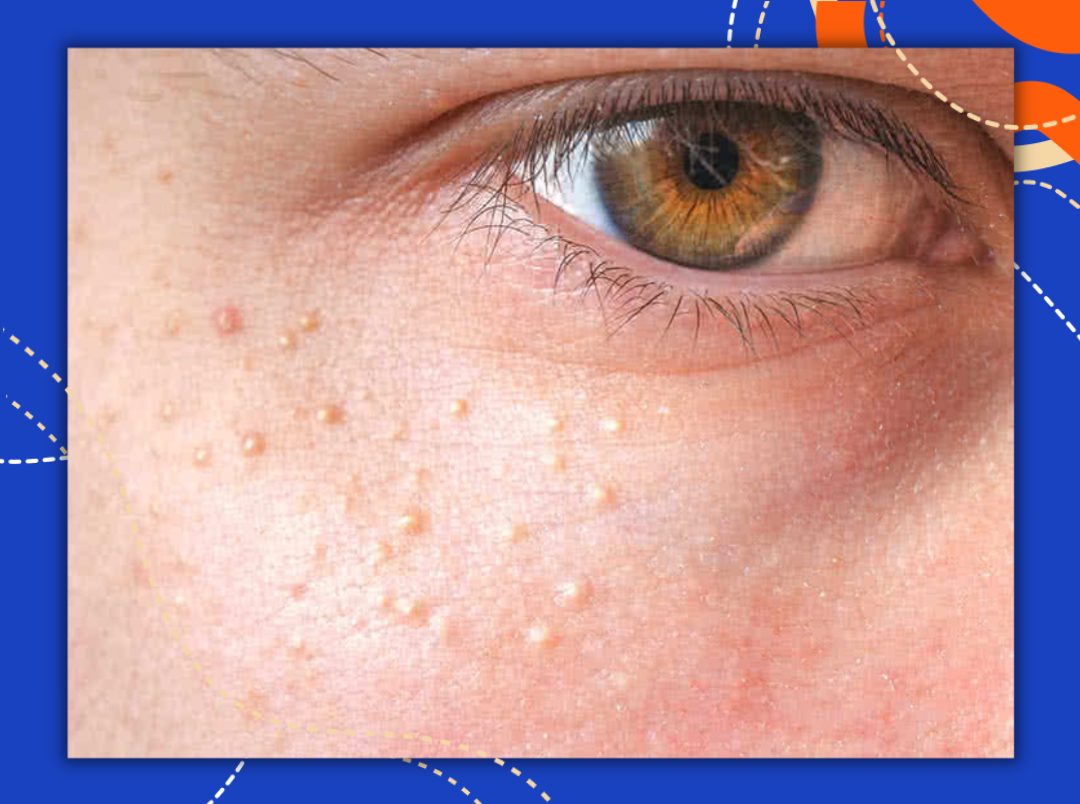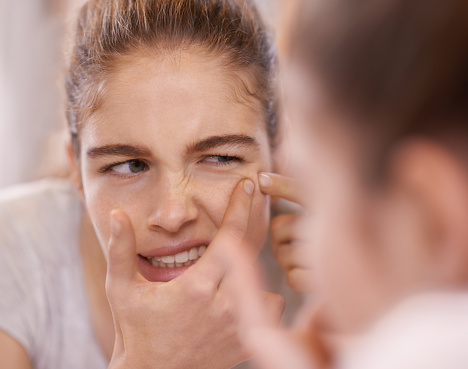Beauty
Do You Have Milia On Your Skin? Here Is All The Information You Need On Those Tiny White Bumps

No matter how hard you squeeze them, those hard, white, tiny pimples on your skin just won’t go away. In all likelihood, they are known as milia. Milia, which can occur anywhere beneath the skin and are typically tiny but bothersome, are frequently confused with skin tags or clumps of acne. The good news is that if you’re late to the game, there are easy ways to prevent milia from emerging as well as some quite potent milia removal techniques. Get ready because we’re about to reveal the most effective way to cure milia permanently.
What Exactly Are Milia?

It is important to understand what are milia before undergoing extensive milia removal. Spoiler alert: Despite their resemblance to whiteheads, they are not the same thing. Milia are tiny white cysts or lumps that develop on the skin’s surface when dead skin cells get trapped. While they resemble whiteheads and are made of keratin, a protein found on the skin’s outer layer, they are simply a pocket of normal skin and have nothing to do with acne or infection. They shouldn’t be treated the same way.
How Can We Get Rid Of Milia?
In most cases, milia go away on their own within a few weeks or months, but they occasionally require medical treatment too. Avoid trying to pop the bumps at all costs because doing so might make them red and irritated. Make an appointment with your dermatologist to discuss milia instead. Milia lack any natural opening to release their contents, unlike pimples, thus a sterile needle is used to create a small puncture before the contents are extracted. With this treatment, it may usually recover without leaving any scars.
Here’s How To Prevent Milia
Try these recommendations if milia is a persistent issue for you because, as is always the case with skincare, prevention is preferable to treatment (there aren’t any needles involved, for starters):
Cleanse Thoroughly!
Before going to bed, make sure you completely remove your makeup. The area around the eyes should be avoided, though, as oil-based or biphasic eye makeup removers “may leave an oily residue in this area.” Instead, use micellar water to easily remove eye makeup.
Use A Dedicated Eye Cream
When loaded onto the thin skin with limited blood circulation, rich eye creams prevent clogging. Use specialised eye creams instead of applying your facial moisturiser close to the eye area. Consider using a mild eye treatment with a serum texture that will immediately soak into the skin without leaving a film.
Use Active Ingredients & Perform Exfoliation
The most effective way to avoid milia is to encourage skin cell turnover. Because of the natural accumulation of dead skin cells that stay on the surface, skin congestion and milia can be prevented by dealing with this. Hence, exfoliation is the best step to treat this skin condition in general. Physical scrubbing or a chemical exfoliating acid can be used to perform this step. A chemical exfoliant will act to break up the bonds of dead skin cells that accumulate on the surface and create congestion and milia. Both can be used once a week to buff away the top layer of skin.
Adjust Your Lifestyle Choices
Last but not least, think about making lifestyle adjustments that can help avoid milia. Minimising your consumption of foods high in cholesterol (such as meat and eggs), taking vitamin D supplements, staying away from heavy oil-based makeup, and limiting your time in the sun can all help prevent milia.
Bid goodbye to this skin condition now!
Featured Image: Instagram